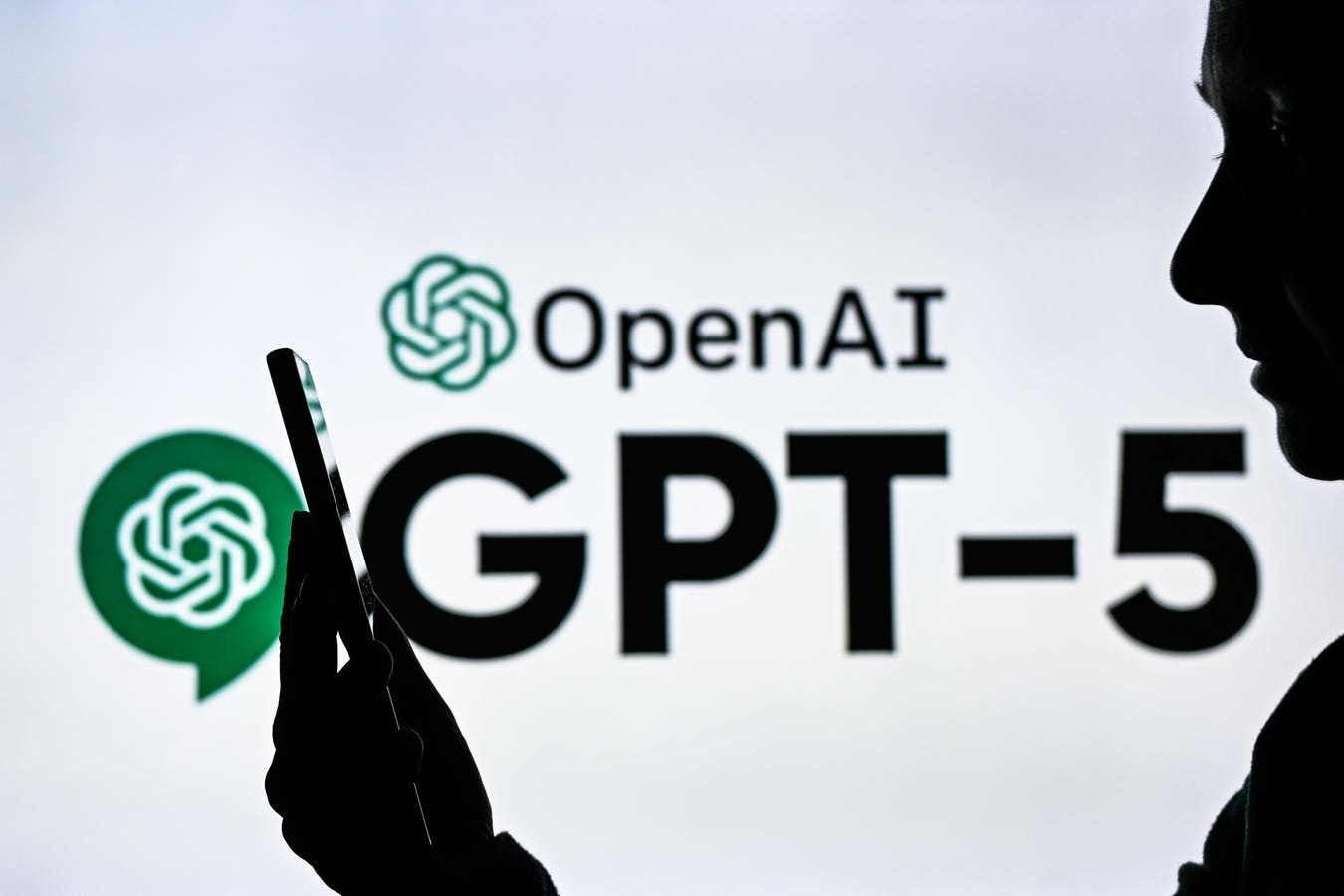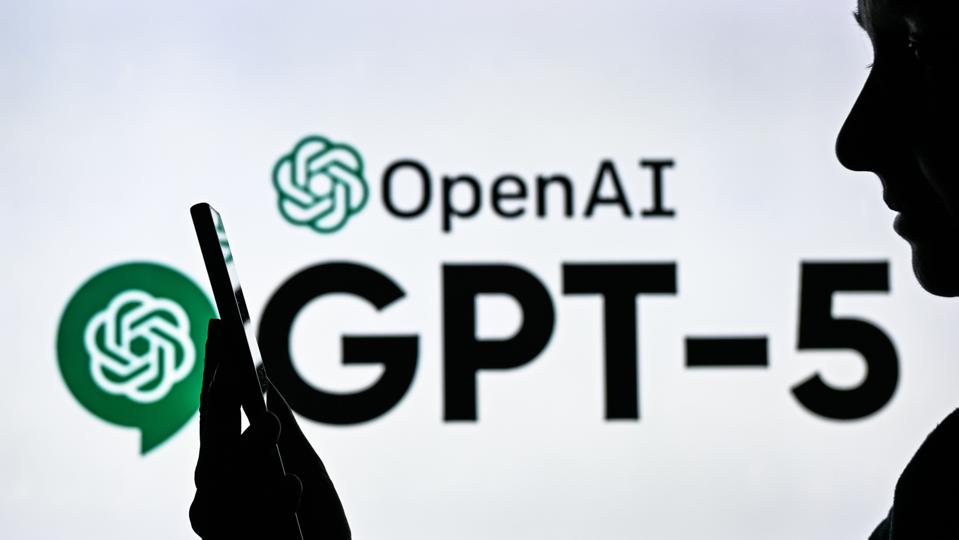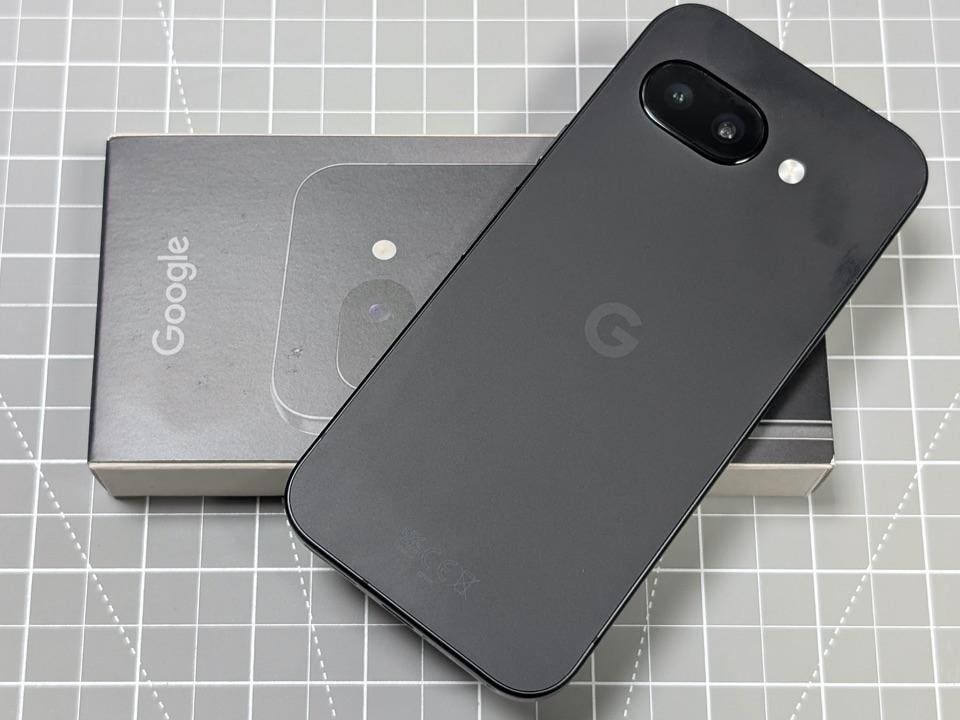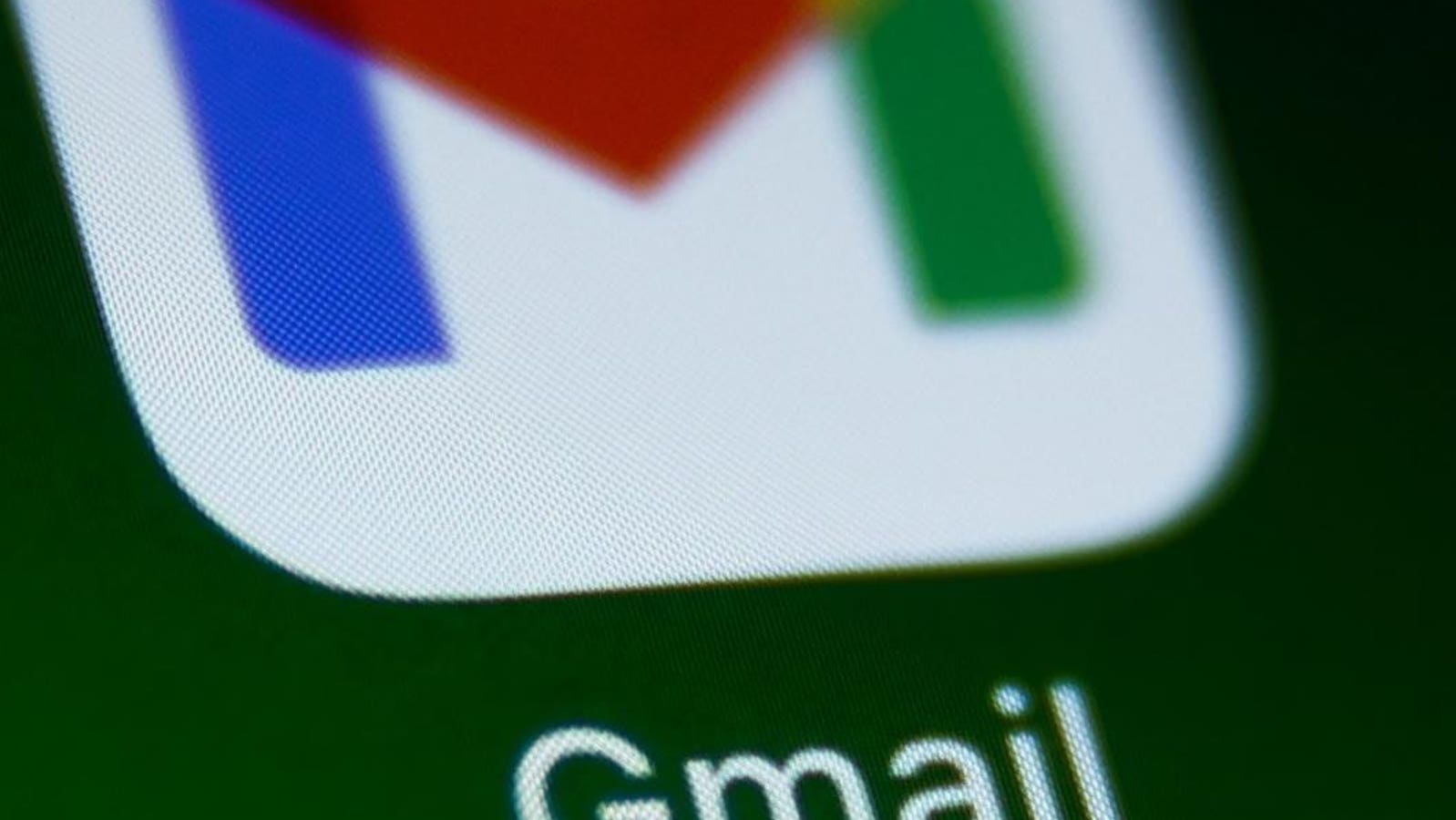ChatGPT 5 Arrives With A Bang – Is Education Awake Yet?
NurPhoto via Getty Images
OpenAI has released GPT-5, the most advanced version of its AI language model to date. It may not deliver artificial general intelligence, despite the buzz that preceded it, but that’s not really the point.
GPT-5 brings major changes that are more subtle and more immediate. With sharper reasoning, a more streamlined architecture, and full-scale distribution from day one, it’s likely to change how people work, build, learn, and make decisions long before anything resembling AGI arrives. Education, in particular, will need to pay attention to the unmistakable impact ChatGPT-5 will have.
What GPT-5 Actually Is
Instead of continuing with the fragmented approach of earlier models, GPT-5 operates as a unified system. It can handle everything from basic chat to complex, multi-step reasoning without the user having to think about which model to use. A new routing mechanism inside the system evaluates each query and sends it to the most appropriate version behind the scenes.
That routing system is constantly improving based on how people use the tool. If users give feedback or rephrase their requests, the router learns. That allows GPT-5 to balance performance with efficiency, making the best use of computing power while delivering faster and more accurate answers.
The goal here isn’t just to make a smarter AI, but one that responds more naturally and economically at scale. This design also positions OpenAI to offer the model more widely, at lower cost, and across many types of use cases.
It Knows When to Think
Probably the most significant improvementswith GPT-5 is that it manages its own level of effort. If a prompt is complex, it slows down and reasons more carefully. If the task is simple, it responds quickly. The model adapts based on the context, not just input.
This doesn’t mean GPT-5 is conscious or “thinking” in the way a human does, but it does mean the responses often feel more coherent and appropriate to the situation. It now asks clarifying questions, admits when it’s unsure, and follows more sophisticated reasoning paths without losing track.
Of course, technical improvements only matter if they result in real-world performance. And that’s where GPT-5 seems to stand out.
Results That Speak for Themselves
According to benchmarks released by OpenAI, GPT-5 sets new highs in several categories. It’s better at coding, scoring significantly higher than previous models on real-world software engineering tasks. It performs near the top in graduate-level math reasoning, even without external tools. It also handles multimodal prompts, those combining text and images, more naturally and accurately.
In some tests, GPT-5 cut error rates by a third or more. More importantly, it behaves differently in ways that are harder to quantify but easy to notice. It’s more likely to ask follow-up questions when something’s unclear. It structures its output more cleanly. It provides reasoning that humans can follow and audit.
OpenAI’s Strategic Push
The release of GPT-5 comes with a clear distribution strategy. Every user of ChatGPT, including those on the free plan, now has access to it. The only difference is how much they can use it before the system switches to a lighter version. Paid tiers allow more access, but the core experience is consistent across the board.
Microsoft has already integrated GPT-5 into GitHub Copilot, Microsoft 365, and Azure, meaning this model is now embedded in tools used by millions every day. It’s not arriving quietly. It’s being dropped directly into the workflows of students, engineers, analysts, and writers around the world.
OpenAI has released this update among a flurry of other AI announcements from Google. The AI arms race is well underway and showing no signs of letting up any time soon.
The Education System Needs to Catch Up
While much of the attention around GPT-5 is focused on enterprise and developer use, the implications for education are harder to ignore. This model isn’t just better at answering questions. It can help structure arguments, critique writing, solve math problems, and explain concepts in ways tailored to the learner’s level and style. It can correct mistakes, flag poor logic, and offer instant feedback.
For students, this is a further game-changer. For educators, it’s another wake-up call.
GPT-5 effectively offers a personalized tutor, editor, and research assistant rolled into one. And unlike previous models, it’s not gated behind a paywall or locked away in enterprise software. It’s available now, for free, to anyone with an internet connection. At least for limited use.
Most schools and universities are still treating AI as a novelty or a threat to academic integrity. They’re responding with bans, detection tools, or limited pilots rather than engaging with the deeper challenge. Learning itself is changing. The gap between what students can do with AI and what schools are structured to assess is widening fast.
GPT-5 doesn’t make education obsolete. But it makes the current structure feel increasingly out of step with reality. Institutions will either evolve or risk becoming irrelevant.
A Steady March Forward
GPT-5 is not the singular leap into AGI that some may have hoped or feared. But that doesn’t make it any less consequential. It performs tasks that used to require subject-matter experts. It reasons through ambiguity. It helps users think, not just write.
The bigger story here is not how powerful GPT-5 is in isolation. It’s how accessible that power is becoming. This is no longer a lab experiment or a product for early adopters. It’s built into the software and platforms people already use, waiting to be summoned for help, insight, or creativity.
So What?
The history of AI over the last few years has been one of compounding returns. Each improvement builds on the last, not just in performance but in how it alters expectations and workflows. GPT-5 continues that trend.
Nowhere is that more obvious or more urgent than in education. The system most responsible for preparing people for the future is the one most at risk of falling behind. If nothing else, GPT-5 serves as a powerful signal that the time for adaptation is now.
This model may not change everything overnight. But it changes enough, right now, to force serious reflection. Some schools are innovating at speed, but whether the majority are ready to do that remains to be seen.









